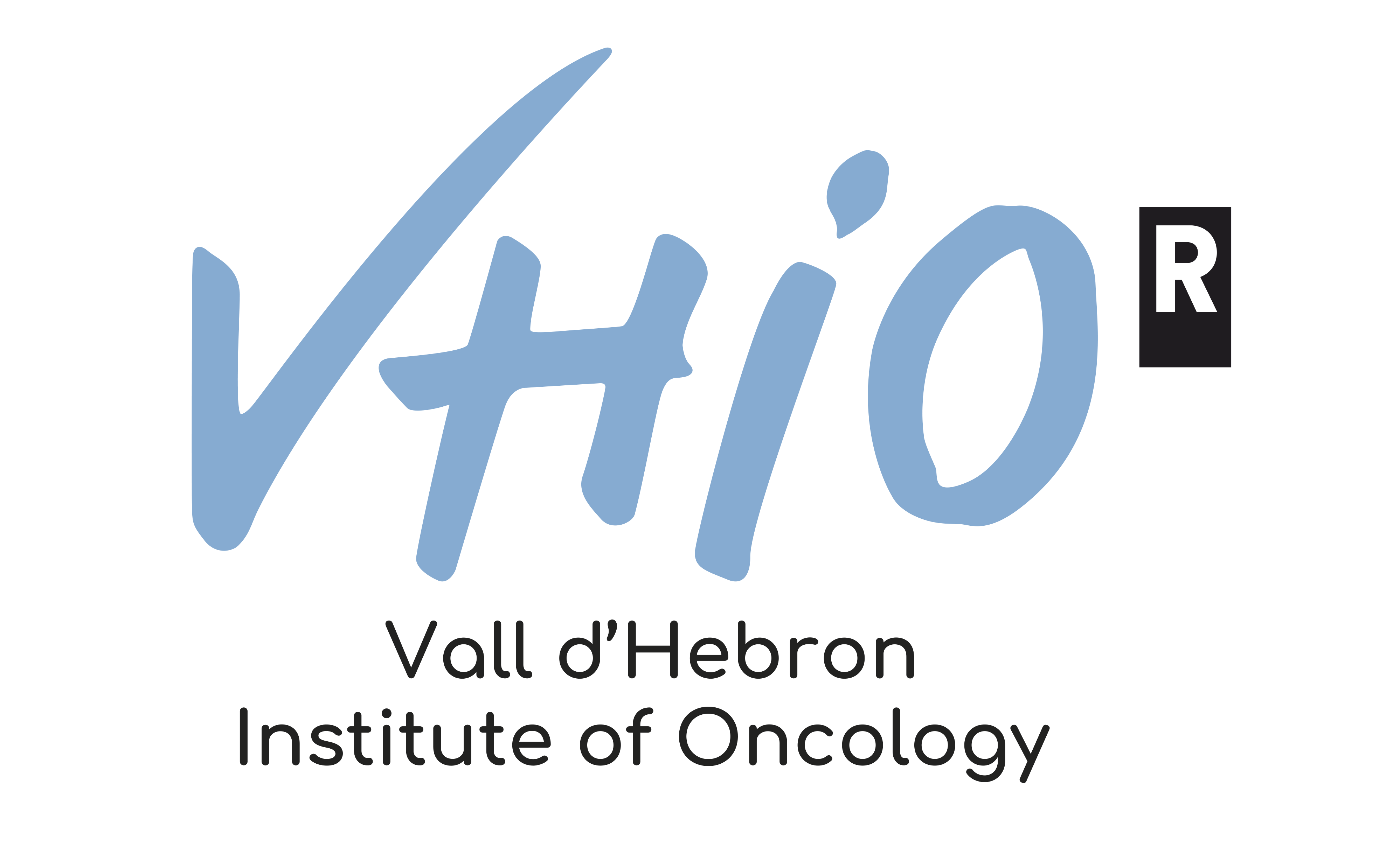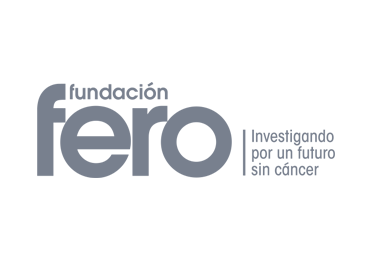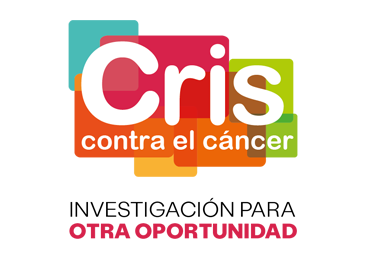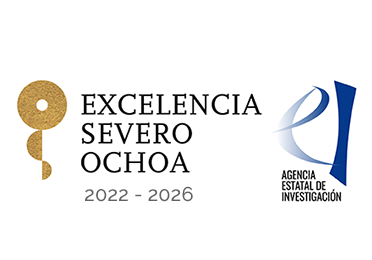Barcelona 10 July 2015. – Amidst a global cancer epidemic, a task force of 174 scientists from prominent institutions in 28 countries was assembled by an NGO called “Getting to Know Cancer” to tackle longstanding concerns over the linkages between mixtures of commonly encountered chemicals and the development of cancer. From the thousands of chemicals to which the population is now routinely exposed, the scientists selected 85 prototypic chemicals that were not considered to be carcinogenic to humans and they reviewed their effects against a long list of mechanisms that are important for cancer development.
Working in teams that focused on various hallmarks of cancer, the group found that 50 of those chemicals support key cancer-related mechanisms at environmentally-relevant levels of exposure. This supports the idea that chemicals may be capable of acting in concert with one another to cause cancer, even though low level exposures to these chemicals individually might not be carcinogenic.
“Chemicals present in our environment have been approved based on evaluating the toxicity of each independently. The problem is that these chemicals do not circulate singly and they should therefore be analyzed in combination with others. While they may not individually suppose a risk, they can be dangerous as they mingle with others – even to the extent of triggering cancer”, explain Laura Soucek and Jonathan Whitfield, Principal Investigator and Staff Scientist respectively of VHIO´s Mouse Models of Cancer Therapies Group.
“Since so many chemicals that are unavoidable in the environment can produce low dose effects that are directly related to carcinogenesis, the way we’ve been testing chemicals (one at a time) is really quite out of date. Every day we are exposed to an environmental ‘chemical soup’, so we need testing that evaluates the effects of our ongoing exposure to these chemical mixtures.” said William Goodson III, a senior scientist at the California Pacific Medical Center in San Francisco. Goodson is the lead author of this synthesis which has just been published (along with the supporting work from each of the teams) in a special issue of Carcinogenesis.
This was the first time that this large-scale problem has ever been considered by interdisciplinary teams that could fully interpret the full spectrum of cancer biology and incorporate what is now known about low dose chemical effects. In light of this evidence, the task force is calling for an increased emphasis and support for research on low dose exposures to mixtures of environmental chemicals.
“This is an area that merits considerable attention and where interdisciplinary and international collaboration is needed” said David Carpenter, a project contributor and the Director of the Institute for Health and the Environment of the University at Albany in New York (a World Health Organization collaborating center). “The science in this field is changing rapidly. Although we know a lot about the individual effects of chemicals, we know very little about the combined and additive effects of the many chemicals that we encounter every day in the air, in our water and in our food” he added.
Current estimates suggest that as many as one in five cancers may be due to chemical exposures in the environment that are not related to personal lifestyle choices. So the effects of exposures to mixtures of commonly encountered chemicals needs to be better understood if we hope to reduce the incidence of cancer.
###
For more information please contact Amanda Wren, Director of Communication, the Vall d´Hebron Institute of Oncology (VHIO), Email:awren@vhio.net, Tel: +34 695207886.








